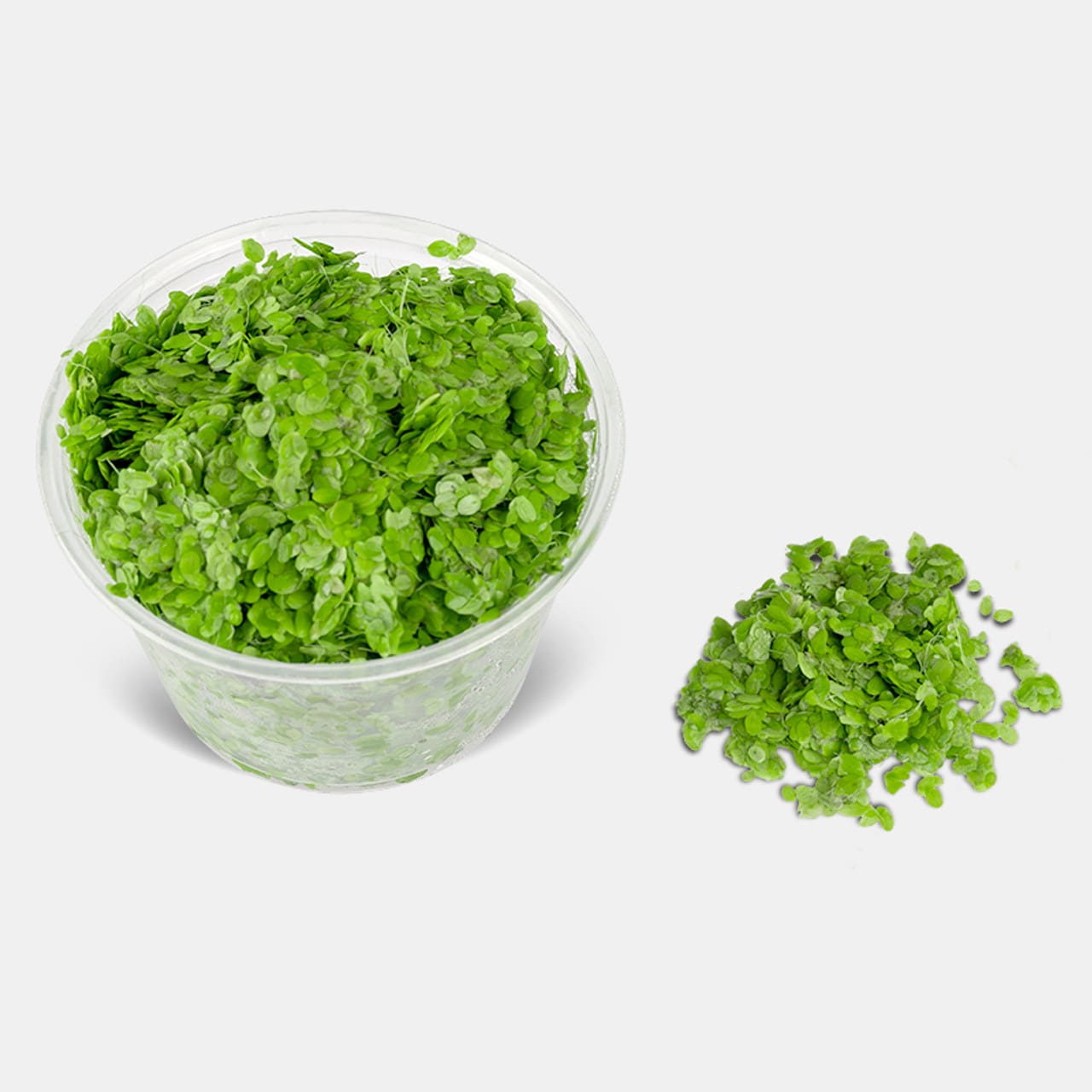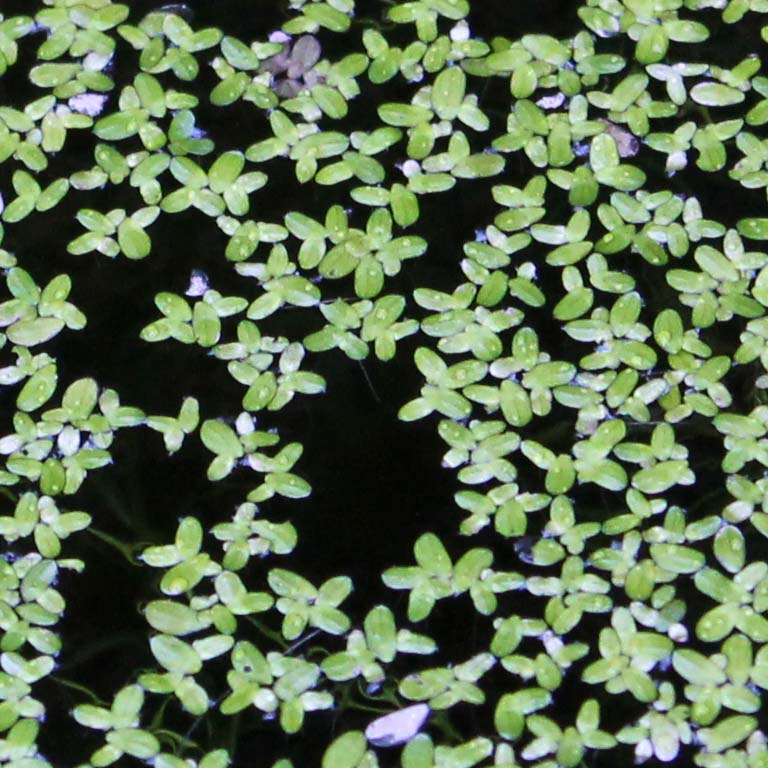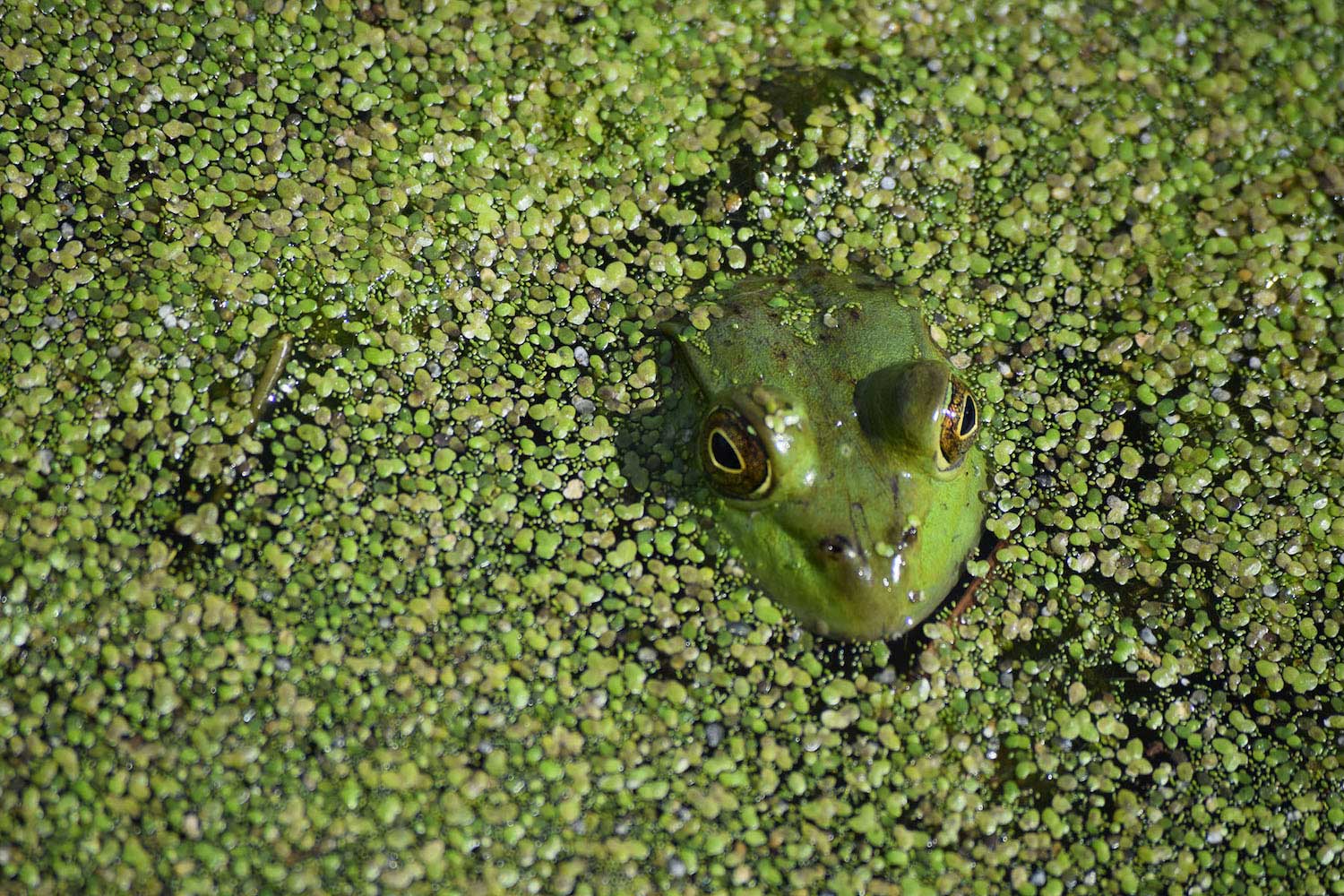In this examination of the aquatic plant, the Small Duck Plant, your curiosity will be sated as you learn about its biological characteristics, geographical spread, and its role in the ecosystem. This seemingly quaint and minute plant holds a fascinating narrative within the domain of botany, a narrative only fully appreciated when one understands its taxonomy, growth habits, and preferred habitat conditions. Such knowledge not only enhances your grasp on nature’s nuances but also elevates your comprehension of biodiversity at large, hence to better acknowledge this very often disregarded, yet important component of aquatic flora, it becomes imperative to explore the Small Duck Plant.

Understanding Aquatic Plants
Definition and Basic Characteristics of Aquatic Plants
Aquatic plants, also known as hydrophytes or macrophytes, are a type of vegetation adapted to live in, on, or near water bodies. They are a vital part of aquatic ecosystems due to their unique physiological adaptations that enable them to survive in water-saturated habitats, often where the concentration of nutrients and gasses are quite different from terrestrial environments. These plants show a wide range of structural diversity but commonly share characteristics like the presence of air-filled spaces that aid buoyancy, flexible stem structures, and altered leaf shapes designed to resist water current.
Role and Importance of Aquatic Plants in the Environment
The importance of aquatic plants in their environment is multifaceted. They not only offer food and shelter to numerous organisms but also significantly affect the physical and chemical properties of the water. By providing a substrate and safe retreat for many aquatic micro and macro-organisms, they indirectly affect the whole food chain. Moreover, they are critical to maintaining water quality as they absorb nutrients from the water, thus limiting the bloom of harmful pathogens and algae. Aquatic plants also play a crucial part in the sequestration of carbon dioxide, aiding in climate change mitigation.
Introduction to Small Duck Plant
Definition and Classification
Small duck plant, scientifically referred to as Lemna minor or lesser duckweed, belongs to the Araceae family. It is among the smallest and simplest flowering plants, characterized by its small size, simple structure, and rapid reproduction. Its lack of an apparent stem or leaves and the tiny size of its flowers set it apart from larger aquatic plants.
Physical Features and Attributes
The small duck plant is morphologically unique. Each plant comprises 1-3 small, ovoid to elliptic fronds that float on the water surface, measuring approximately 1-5 mm in length. These fronds are flat and typically bright green, with a small root hanging from the underside. This plant’s absence of noticeable leaves or a stem is a significant anatomical feature that separates it from other higher plants.
Habitat and Distribution of Small Duck Plant
General Habitats of Small Duck Plant
Small duck plants prefer stagnant or slow-moving water bodies like ponds, slow streams, marshes, and ditches. They thrive in full sunlight conditions and moderately warm weather. Also, they favor nutrient-rich waters where they readily form dense colonies covering the water surface.
Global Distribution and Range
Small duck plant is a cosmopolitan species distributed worldwide but most commonly found in the temperate areas of North America, Europe, and Asia. Despite its adaptability to a range of climatic conditions, it predominates in regions with moderate temperatures, making a significant presence in various aquatic ecosystems of these areas.
Growth and Development of Small Duck Plant
Conditions Necessary for Growth
Like all plants, small duckweeds require sunlight, nutrients, and a suitable temperature for growth. However, being aquatic, they have an added requirement of calm, non-flowing waters. They thrive in nutrient-rich water bodies and can survive a wide temperature range.
Stages of Growth and Development
The growth cycle of a small duck plant happens quickly and can be observed in a matter of days. Starting from a single frond, cell division gives rise to multiple fronds, which then separate to grow individually, covering the water surface over time. The expansion speed of small duckweed colonies depends on nutrient availability and temperature.

Reproduction in Small Duck Plant
Flowering and Fruiting
The small duck plant, despite its size, is a flowering plant. However, its flowers are extremely small and infrequent in most habitats. More commonly, it reproduces vegetatively, where new fronds bud off from the mother frond to form new individuals in a type of clonal reproduction.
Seed Formation and Dispersal
While sexual reproduction and seed formation are relatively uncommon in small duck plants, they do happen under certain conditions. Upon maturity, tiny seeds are formed, which can be dispersed through water and animal vectors. These seeds have a dormancy period and can survive harsh conditions when the plant cannot vegetatively reproduce.
Impact of Small Duck Plant on Aquatic Ecosystem
Role in the Aquatic Food Chain
The small duck plant’s omnipresence adds to the food chain as they are a primary food source for various aquatic inhabitants, including fish, insects, and ducks. It is not limited to being eaten; it also provides a habitat for various aquatic creatures, hence contributing to the biodiversity of the ecosystem it inhabits.
Effects on Water Quality and Clarity
By absorbing excess nutrients from the water, the small duck plant helps in managing water quality. Its rapid growth can also impede sunlight penetration into the water, which can influence underwater plant growth and water clarity.

Uses and Applications of Small Duck Plant
Medicinal and Health Uses
Small duckweed has been used in traditional medicine due to its antioxidant, antibacterial, and antiviral properties. More recently, it has gained considerable attention for its potential role in human nutrition, owing to its high protein content and rich amino acid profile.
Aquarium and Ornamental Uses
Being a fast-grower and easy to care for, small duckweed is a popular choice for aquatic ornamentation. It is used in aquariums and ornamental ponds where it provides a green cover and contributes to the overall aesthetic appeal.
Use in Bioremediation
Due to their ability to absorb pollutants and heavy metals from water, small duck plants have been explored for use in bioremediation to clean polluted water bodies.
Potential Hazards and Problems of Small Duck Plant
Invasive Nature and Effects on Local Ecosystems
While small duckweeds have many positive impacts, their rapid and uncontrolled growth can make them invasive, causing problems in bodies of water where they are not native. In extreme cases, they may choke water bodies, affecting native species and disrupting the local ecosystem.
Impacts on Human Infrastructure
Massive overgrowth of small duckweed can block light and oxygen transfer, impacting other aquatic life and potentially causing fish kills. This species’ buildup can also clog waterways and filters, causing challenges for drainage systems and other human-made structures.

Conservation and Management of Small Duck Plant
Efforts towards Conservation
Due to its global distribution and fast growth rate, the conservation of the small duck plant isn’t usually a primary concern. Its importance lies more in managing its growth to prevent it from becoming invasive.
Techniques for Managing Overgrowth
Multiple strategies are employed to manage small duckweed overgrowth, including physical removal and the use of herbicides. Biological control measures, such as the introduction of plant-feeding organisms in the water body, are also considered. However, these strategies need to be deployed responsibly considering their potential impacts on the rest of the ecosystem.
Future Directions for Small Duck Plant Research
Key Areas of Research Interest
Much research interest lies in utilizing small duckweed for environmental and human health benefits. These include exploring their potential for wastewater treatment, biofuel production, human nutrition, and pharmaceutical applications.
Challenges and Opportunities in Small Duck Plant Research
While research on the small duck plant brings many opportunities, it does come with challenges. Understanding the plant’s physiology better, considering its unique characteristics and rapid growth, is an ongoing research challenge. This is balanced by the opportunities it presents, including its potential for innovative applications in areas such as biotechnology and environmental conservation. The future for small duckweed research is, therefore, promising and full of possibilities.
